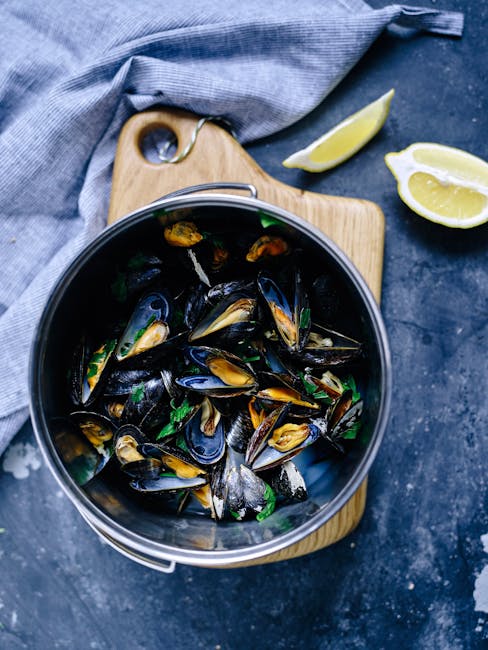Eat to Beat Your Diet: Outsmarting Your Cravings and Achieving Sustainable Weight Loss
Eat to Beat Your Diet: Outsmarting Your Cravings and Achieving Sustainable Weight Loss
Dieting is often portrayed as a restrictive, arduous process, a battle against your own desires. But what if I told you that you could eat your way to a healthier weight? The concept of “eating to beat your diet” isn’t about indulging in unhealthy foods; instead, it’s about strategically using food to manage hunger, curb cravings, and boost your metabolism, all while supporting sustainable weight loss. This approach emphasizes mindful eating, understanding your body’s signals, and choosing foods that nourish you both physically and mentally.
Understanding the Psychology of Dieting
Many diets fail because they rely on deprivation and restriction. This often leads to intense cravings, binge eating, and ultimately, giving up. Our brains are wired to seek pleasure, and when we drastically limit our access to enjoyable foods, we’re setting ourselves up for failure. The key is to find a balance – a way to satisfy our cravings while still making progress towards our weight goals.
This is where the strategy of “eating to beat your diet” comes into play. By understanding the psychology of dieting and utilizing specific food choices, we can outsmart our cravings and build a more sustainable relationship with food.

The Power of Protein: Your Satiety Secret Weapon
Protein is crucial for weight management. Unlike carbohydrates and fats, protein takes longer to digest, leading to increased satiety and reduced hunger pangs. This means you’ll feel fuller for longer, reducing the likelihood of snacking between meals. Incorporating lean protein sources like chicken breast, fish, beans, lentils, and tofu into your diet is essential for this strategy.
How to maximize protein intake:
- Start your day with a protein-rich breakfast: eggs, Greek yogurt, or a protein smoothie.
- Include a lean protein source at every meal.
- Snack on protein-rich options: a handful of almonds, a hard-boiled egg, or a protein bar (choose low sugar options).
Fiber: The Filling Friend
Fiber, found in fruits, vegetables, whole grains, and legumes, adds bulk to your diet, promoting feelings of fullness and aiding in digestion. High-fiber foods also help regulate blood sugar levels, preventing energy crashes that often lead to unhealthy cravings.

Boost your fiber intake:
- Eat plenty of fruits and vegetables: aim for at least five servings a day.
- Choose whole grains over refined grains: opt for brown rice, quinoa, and whole-wheat bread.
- Include legumes in your diet: lentils, chickpeas, and black beans are excellent sources of fiber.
Healthy Fats: The Metabolism Booster
Don’t be afraid of healthy fats! They play a vital role in hormone production, nutrient absorption, and satiety. Unsaturated fats, found in avocados, nuts, seeds, and olive oil, can actually help you feel full and satisfied, preventing overeating. These fats are also crucial for maintaining a healthy metabolism.
Incorporate healthy fats:
- Add avocado to your salads or toast.
- Use olive oil for cooking and dressing.
- Snack on a handful of almonds or walnuts.
Mindful Eating: The Key to Success
Mindful eating is about paying attention to your body’s hunger and fullness cues. It’s about savoring your food, eating slowly, and avoiding distractions like TV or your phone. This helps you become more aware of how much you’re eating and prevents overconsumption.
Practice mindful eating:
- Eat at a table, without distractions.
- Chew your food thoroughly.
- Pay attention to your body’s hunger and fullness signals.
- Listen to your body, and stop eating when you feel satisfied, not stuffed.
Hydration: Often Overlooked, Always Important
Water plays a crucial role in satiety. Sometimes, what we perceive as hunger is actually thirst. Drinking plenty of water throughout the day can help you feel fuller and reduce unnecessary snacking. Aim for at least eight glasses of water a day.
Planning and Preparation: Setting Yourself Up for Success
Planning your meals and snacks in advance is crucial for sticking to your healthy eating plan. This helps you avoid impulsive decisions and ensures you have healthy options readily available. Prepare meals or snacks ahead of time so you’re not tempted by unhealthy convenience foods.
Dealing with Cravings: The Smart Approach
Cravings are normal. Instead of fighting them, acknowledge them and find healthy ways to satisfy them. A small piece of dark chocolate, a handful of berries, or a small serving of your favorite healthy dessert can often curb intense cravings without derailing your progress.
The Importance of Sleep and Stress Management
Sleep deprivation and chronic stress can wreak havoc on your hormones, leading to increased cravings and making weight management much more difficult. Prioritizing sleep (7-9 hours per night) and implementing stress-reduction techniques like yoga, meditation, or spending time in nature is crucial for long-term success.
Sustainable Lifestyle Changes: The Long Game
Remember, “eating to beat your diet” isn’t a quick fix; it’s about making sustainable lifestyle changes. Focus on incorporating these strategies into your daily routine, and be patient with yourself. Progress takes time, and setbacks are a normal part of the process. The key is to learn from them and keep moving forward.
Listen to Your Body: Personalization is Key
While these strategies provide a framework, remember that every individual is different. Pay attention to your body’s unique signals and adjust your approach accordingly. What works for one person might not work for another. Experiment and find what works best for you.

Seeking Professional Guidance: When to Ask for Help
If you’re struggling to manage your weight or have specific dietary concerns, don’t hesitate to seek professional guidance from a registered dietitian or nutritionist. They can provide personalized advice and support to help you achieve your goals.




